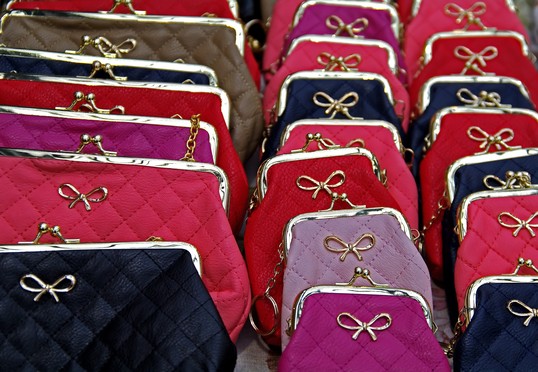Louis Vuitton Ruling
One of the factors that a company needs to take into account when designing a pattern is what could potentially happen if and when the pattern is copied. A potential option for the business is to try and trademark the pattern. However, making sure that a business maintains the rights to use a pattern can be challenging. Designer Louis Vuitton is an example of issues that may arise with patterns.

Background
Vuitton held two community trademarks on a checkerboard pattern called Damier. The company was attempting to gain trademark protection on the designs with the intent of denying other companies the right to design similar types of patterns. However, earlier this calendar year the European Union General Court refused to overturn the cancellation of the community trademarks on the Louis Vuitton pattern. In the court’s view, the pattern was not distinctive enough to warrant trademark protection.
The issue over the patters initially arose in 2009 when Nanu-Nana, a German retailer, used a checkerboard pattern on a wooden wine box that was similar to the checkerboard pattern that Vuitton used. Vuitton issued a cancellation request as a counterstrike in Vuitton’s defense strategy against Nanu-Nana. However, as mentioned above, the European Court denied the cancellation requests.
Vuitton still has the option of appealing the verdict to the European Court of Justice. In addition, Vuitton attorneys state that the pattern in question is protected in individual countries throughout the European Union.
Comparison to America
The issue that Vuitton faces in Europe is different from what companies face in America. To begin with, there are design patents in place for industrial design protection. What this means is that there are protections in place for the company for the visual design of a non-utilitarian product, namely a design patent of between 14 and 15 years for the product.
At the same time, there may be cases where a product is manufactured that looks similar to a product but is manufactured by a separate company. One example of this is a flash drive that may be produced by an individual that looks like a flash drive that a computer company may manufacture. When this occurs, the person who created the flash drive may be marketing a product that is inferior in quality and ultimately give the more established company a bad name. There are criminal laws that Congress has enacted to avoid these types of violations if and when this happens.
Conclusion
If an individual or business believes that their item or design has been copied or may be copied, it can be useful to speak with a business attorney. A lawyer can explain what issues may arise if and when the product or design is replicated. An attorney can also review how a person or company can protect themselves when there is a copied product on the market. Doing so will ensure the integrity and quality of all products.
